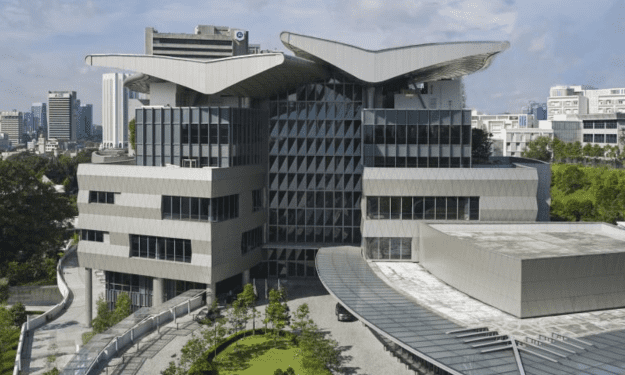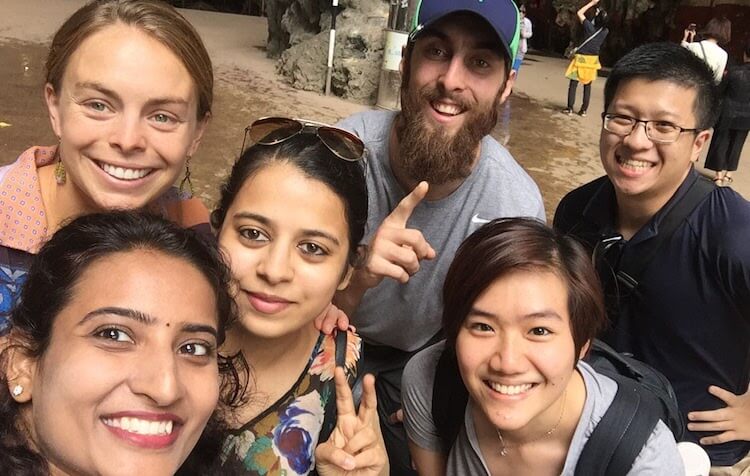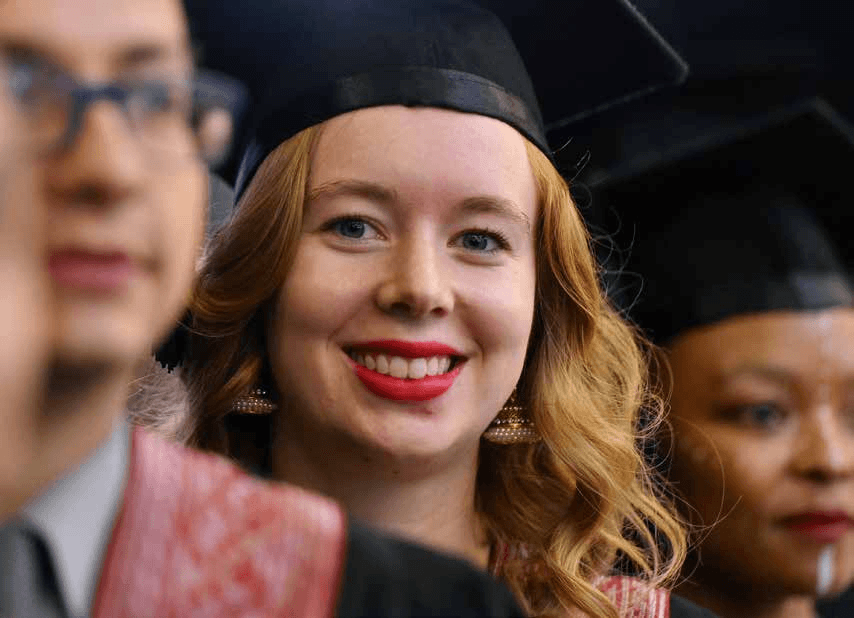Venezuelan-born, American-raised Klara Markus had always wanted to work in the public sector, and got her start in business working for education tech startup Quad Learning in Washington, DC after graduating from Yale University. “The idea was to work with students that would benefit from focused attention, and help them transfer to universities,” Klara explains.
“I ended up being much more interested in the business side, and moved into operations and business development.” In the end, it was a growing interest in business and a stint working with international recruitment in Vietnam that sparked her interest in an MBA in Asia—“I absolutely fell in love with the region! “In a way, it was going back to where I was from, but it was also very different,” she adds. “I found that super exciting.”
In the end, it was meeting an old college friend who happened to be in the first MBA cohort at Asia School of Business that sparked an interest in the school. While the school is still relatively new—it accepted its first cohort in 2016—Klara saw “academic rigour” in the program, while its collaboration with MIT Sloan School of Management also set it apart.
“I was super attracted to the fact that It was new, and as a student I would have a role in shaping the program,” she says. “I wasn’t just going to be passively sitting in a classroom—my input would help.”

From the education industry to business education
Though Klara initially started her job at education company Quad Learning as an honours adviser, directly assisting students and local colleges, she soon found that she wanted to “be involved in the decision making process, and helping shape the company,” she explains. “That meant being in a different role.” Moving up to associate director of international operations in Asia and the US, it made sense that an MBA was on the horizon.
“My background was very specific to the international education industry,” Klara reflects. “There are a handful of big players that dominate, but I wanted to broaden my experience and my understanding of different industries in the region.” Asia School of Business prides itself on its mission to develop business leaders in emerging markets around the world, especially in Southeast Asia. “It wasn’t a program in Malaysia, but a Southeast Asia program,” Klara points out.
It’s ASB’s Action Learning Projects that provide the most immersive experience during the MBA. Totalling five throughout the program, these semester-long projects can take MBAs all around Southeast Asia and worldwide working with companies from fast-moving consumer goods (FMCGs) to financial firms. For Klara’s Action Learning Projects, she was partnered with Astro, a media company in Malaysia; Big C, a hypermarket in Thailand; PricewaterhouseCoopers in Germany; and Unilever in Vietnam.
“One of the things I was really interested to learn was that there are different ways to run a business, and no right or wrong way,” Klara reflects. “Being in companies that were sometimes American and sometimes 100% Thai or Vietnamese, and trying to understand how to do operations—we needed to develop a common language to understand what the problem was and deliver results. “I used to just think ‘obviously we’re different,’ but that was a really interesting challenge that looking back now was really important.”
Working at Amazon
Aside from the time spent assisting real companies, Klara also managed to co-found the Data Analytics Club during her time on the MBA. “It’s a skillset that is key—we need to know how to handle big data,” Klara asserts. “We wanted to create a space where people that are really good at it can share their skills, connecting resources and people that wanted to learn more.”
In a stroke of serendipity, Klara’s post-MBA role ended up being “the heaviest role I’ve ever had in terms of data analysis”—at Amazon in Spain, working as a senior category merchant manager. Even though she’s left Asia behind, the diverse and multicultural experience at Asia School of Business still sticks with Klara. “Going into my MBA, I wanted to see other business models and learn from them, and I was able to do that at ASB.”
Read the full article here.
This article was originally published on BusinessBecause, a network helping MBA students make connections before, during and after their MBA.



















